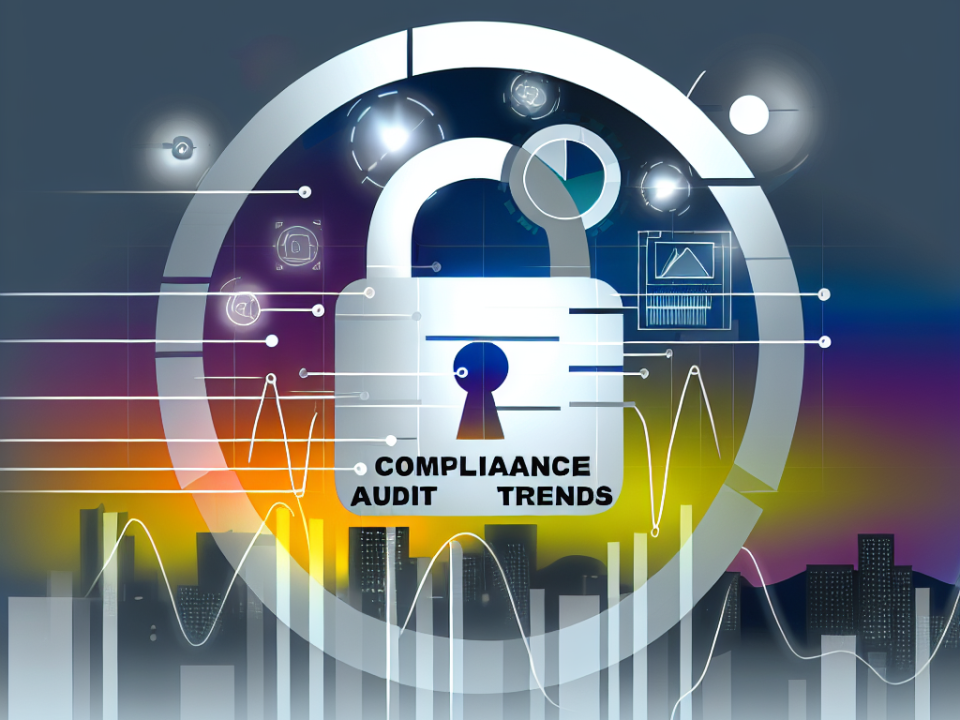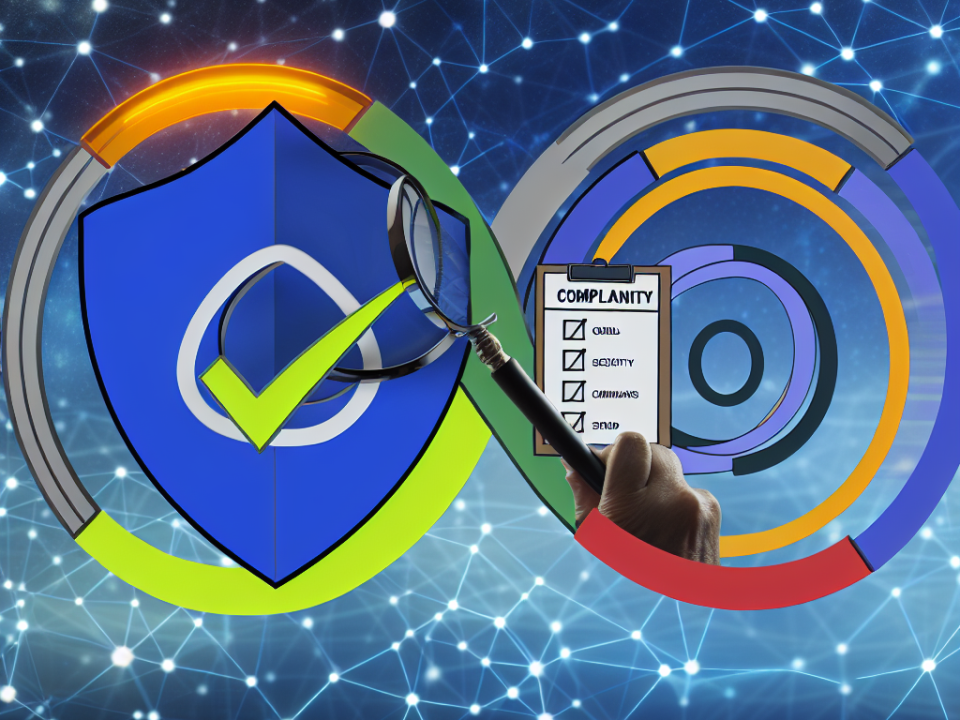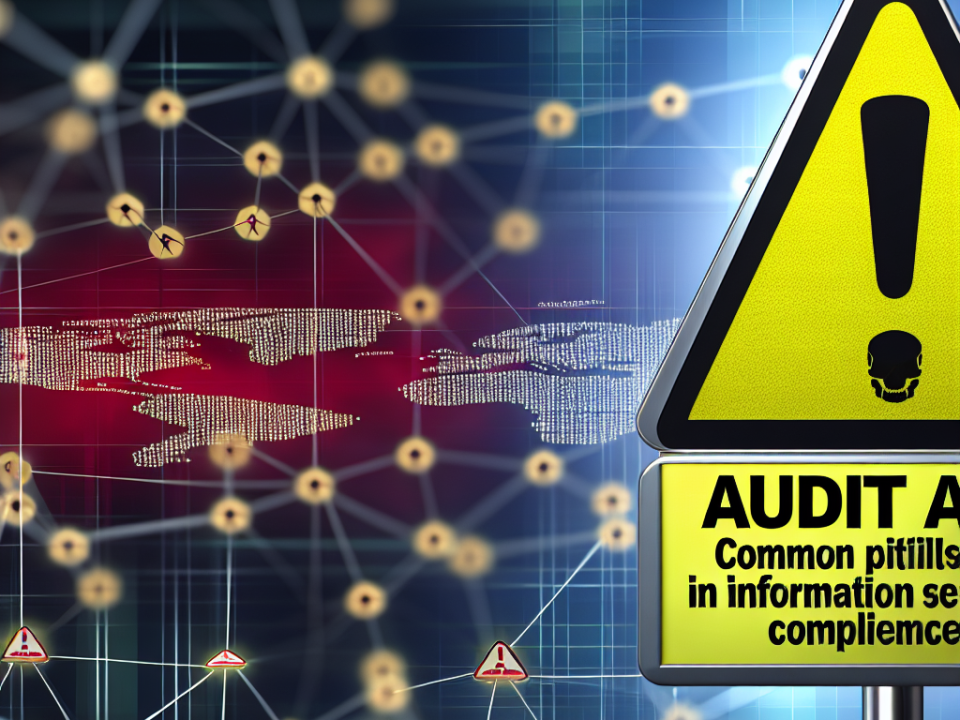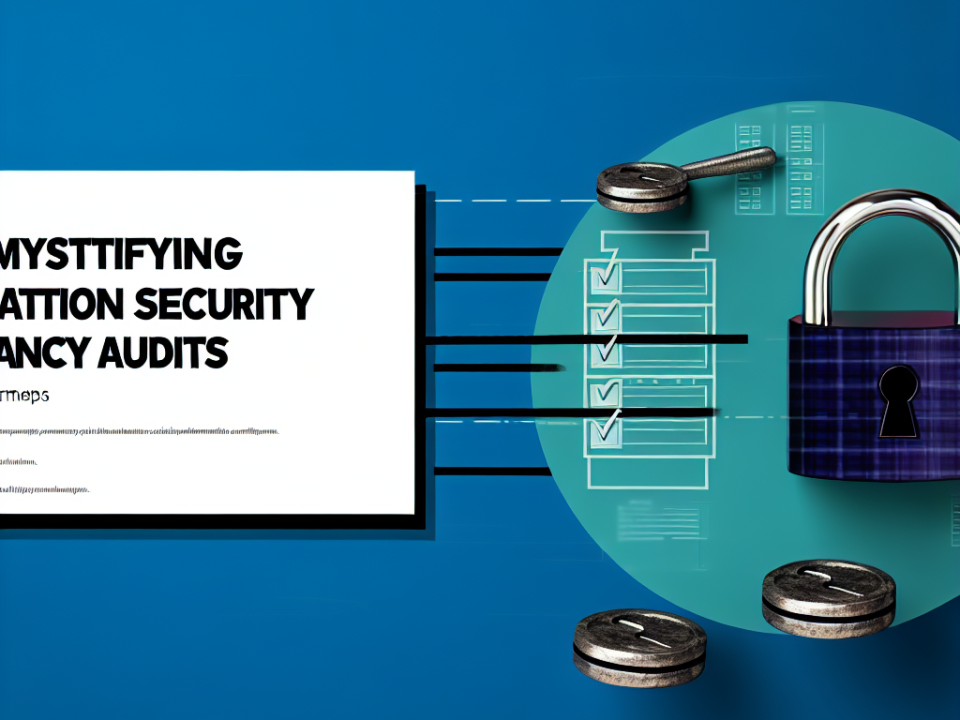
Real-Time Insights: How SIEM Transforms Threat Detection
June 22, 2025
From Data to Defense: The Role of SIEM in Modern Cybersecurity Strategies
June 23, 2025
In today’s digital landscape, where data breaches and cyber threats are becoming increasingly sophisticated, organizations must prioritize security compliance to safeguard sensitive information. At the heart of an effective security compliance strategy lies Identity Management (IdM), which plays a critical role in how organizations manage and protect user identities and access to information systems.
What Is Identity Management?
Identity Management encompasses the processes and technologies used to manage and secure digital identities. This includes the creation, maintenance, and deletion of user identities, as well as the assigning, monitoring, and revoking of access rights. By implementing robust IdM practices, organizations can ensure that the right individuals have access to the right resources at the right times while preventing unauthorized access.
Importance of Identity Management in Compliance
-
Regulatory Requirements: Many industries are bound by strict regulatory frameworks, such as GDPR, HIPAA, or PCI DSS, which mandate responsible data handling and access controls. Effective identity management helps organizations comply with these regulations by ensuring that only authorized users can access sensitive information and by providing an audit trail of who accessed what data and when.
-
Risk Mitigation: The risk of data breaches can be drastically reduced through better identity management. By implementing policies such as multi-factor authentication (MFA) and role-based access control (RBAC), organizations can minimize unauthorized access and protect their data. Identity management can also help organizations quickly identify and respond to security threats.
-
Streamlined User Access: A robust IdM strategy enables organizations to streamline user access processes, such as onboarding and offboarding. By automating these processes, organizations can ensure that access rights are granted and revoked swiftly and accurately, reducing the potential for human error and enhancing operational efficiency.
-
Audit and Accountability: Identity management systems provide detailed logs and reports about user access events. This information is invaluable for audits, investigations, and compliance with industry standards. Organizations can demonstrate accountability by showing that they have enforced access controls and monitored user activity effectively.
- Data Privacy: As data privacy becomes an increasingly pressing concern, identity management can offer organizations a way to protect personal information. By implementing principles of data minimization and limiting access to sensitive data based on role, organizations can help ensure compliance with privacy regulations and build trust with customers.
Best Practices for Effective Identity Management
To harness the benefits of identity management for security compliance, organizations should adopt several best practices:
-
Implement Multi-Factor Authentication (MFA): Adding an extra layer of security helps verify user identities and vastly reduces the risk of unauthorized access.
-
Adopt Role-Based Access Control (RBAC): Ensure users have access only to the resources necessary for their role. This minimizes risks and simplifies the management of permissions.
-
Regularly Review Access Rights: Conduct periodic audits of user access rights to ensure they align with current job responsibilities and organizational policies.
-
Invest in Identity Governance Solutions: Deploy solutions that can help automate identity management processes, enforce policies, and streamline compliance across the organization.
-
Educate Employees: Regular training on security practices and the importance of identity management can empower employees to take cybersecurity seriously and recognize their role in maintaining compliance.
- Establish Clear Policies: Create and communicate clear identity management policies that outline roles, responsibilities, and procedures for managing user identities and access rights.
Conclusion
Identity Management is not just a technical necessity; it is a cornerstone of effective security compliance. By safeguarding user identities and controlling access to sensitive data, organizations can protect themselves against cyber threats and meet regulatory requirements. As the digital landscape continues to evolve, a robust identity management strategy will be vital for maintaining trust, accountability, and compliance in an increasingly complex environment. Investing in IdM not only enhances security but also fortifies the overall integrity and resilience of an organization against potential security threats.







